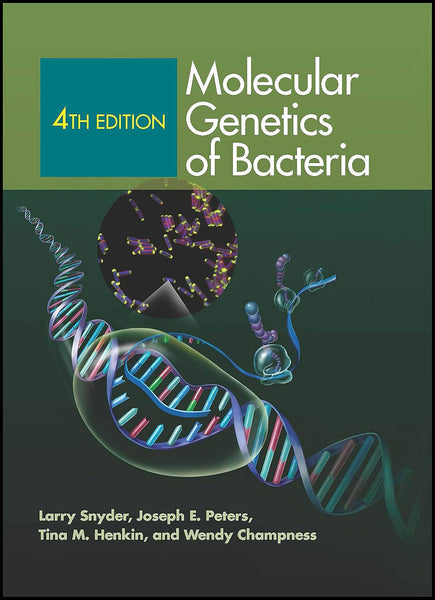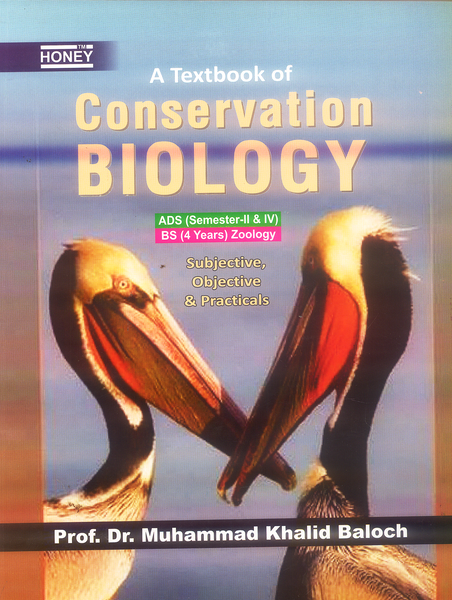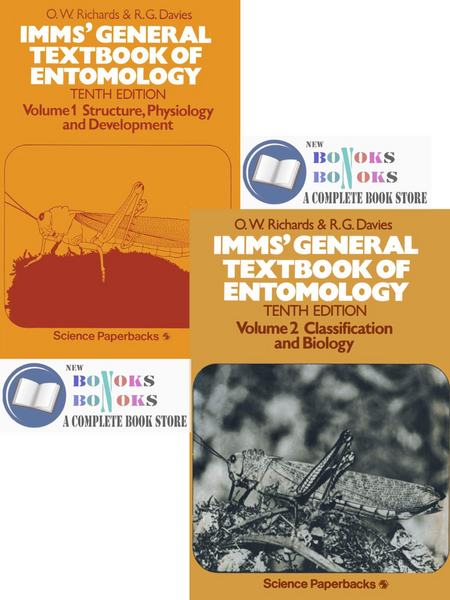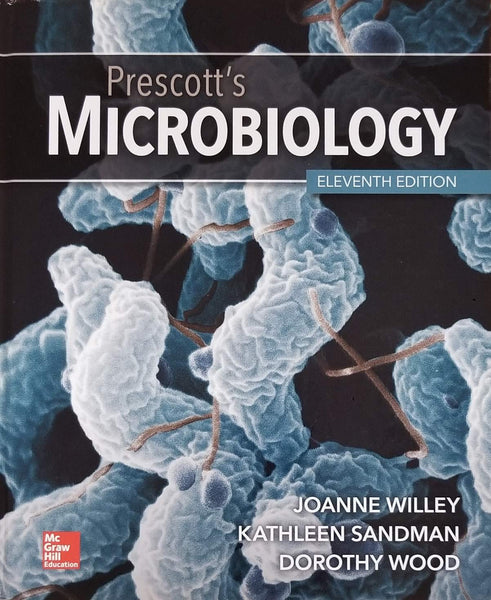Microbial Remediation of Azo Dyes with Prokaryotes by Maulin P Shah (Editor)
- Publisher: BIOLOGY
- Availability: In Stock
- SKU: 49376
- Number of Pages: 360
Rs.860.00
Rs.1,090.00
Tags: Azo Dye Contamination , Azo Dye Degradation , Azo Dye Toxicity , best books , Best Price , Best Selling Books , Biodegradation Mechanisms , Biodegradation of Dyes , Biodegradation of Organic Pollutants , Biodegradative Microorganisms , Bioreactor Systems , Bioremediation , Bioremediation Technologies , Eco-friendly Solutions , Environmental Biotechnology , Environmental Cleanup , Environmental Health , Environmental Sustainability , Environmental Toxicants , Environmental Toxicology , Enzyme Production , Heavy Metal Removal , Industrial Wastewater , Maulin P Shah , Microbial Biocatalysts , Microbial Degradation Pathways , Microbial Ecology , Microbial Metabolism , Microbial Pathways , Microbial Remediation , Microbial Remediation of Azo Dyes with Prokaryotes , Microbial Strains , ONLINE BOOKS , Online Bookshop , Pollution Abatement , Prokaryote Applications , Prokaryotic Microorganisms , Sustainable Waste Management , Textile Industry Waste , Waste Management Techniques , Wastewater Treatment
Microbial Remediation of Azo Dyes with Prokaryotes
Editor: Maulin P. Shah
📘 Introduction
Microbial Remediation of Azo Dyes with Prokaryotes is a comprehensive exploration of the potential of prokaryotic microorganisms in the bioremediation of azo dyes, which are widely used in the textile, food, and pharmaceutical industries. Edited by Maulin P. Shah, this book focuses on the application of microbes, particularly bacteria and archaea, to degrade and detoxify azo dyes that are notorious for their environmental impact. The book covers various microbial species, their enzymatic pathways involved in dye decolorization, and the underlying mechanisms that allow these microorganisms to break down the toxic compounds present in azo dyes. This edition brings together current research on biotechnological approaches and highlights the environmental significance of microbial bioremediation in tackling industrial pollution.
📖 Key Features
-
Focus on Prokaryotic Microorganisms:
-
The book emphasizes the role of prokaryotes, particularly bacteria and archaea, in the breakdown of azo dyes, exploring how these microorganisms utilize specific enzymes to degrade complex synthetic compounds and contribute to environmental detoxification.
-
-
Biochemical Mechanisms of Dye Decolorization:
-
Detailed discussions are provided on the biochemical processes and enzymatic pathways through which prokaryotes decolorize azo dyes, such as azoreductases, and the factors influencing these microbial activities.
-
-
Environmental Impact and Bioremediation Strategies:
-
The book explores the environmental challenges posed by azo dye pollution and presents microbial remediation as a sustainable, eco-friendly solution. It outlines the advantages of using microorganisms for large-scale dye removal, emphasizing their potential for use in industrial applications.
-
-
Innovative Biotechnological Applications:
-
The text highlights recent advancements in biotechnology and microbiology, including genetic engineering of prokaryotes to enhance dye decolorization efficiency, and the potential for scaling up these bioremediation techniques for industrial use.
-
-
Comprehensive Review of Current Research:
-
The book provides a thorough review of the latest research in microbial remediation of azo dyes, making it an invaluable resource for researchers and professionals seeking to understand the cutting-edge developments in environmental microbiology and bioremediation.
-
🎯 Conclusion
Microbial Remediation of Azo Dyes with Prokaryotes is an essential reference for researchers, environmental engineers, and biotechnologists interested in the sustainable removal of industrial pollutants. By focusing on the microbial processes and biotechnological advancements in dye degradation, this book offers practical insights into how microbial systems can be harnessed to address significant environmental challenges. It serves as a key resource for advancing the development of more effective, eco-friendly remediation strategies for azo dye pollution.

























